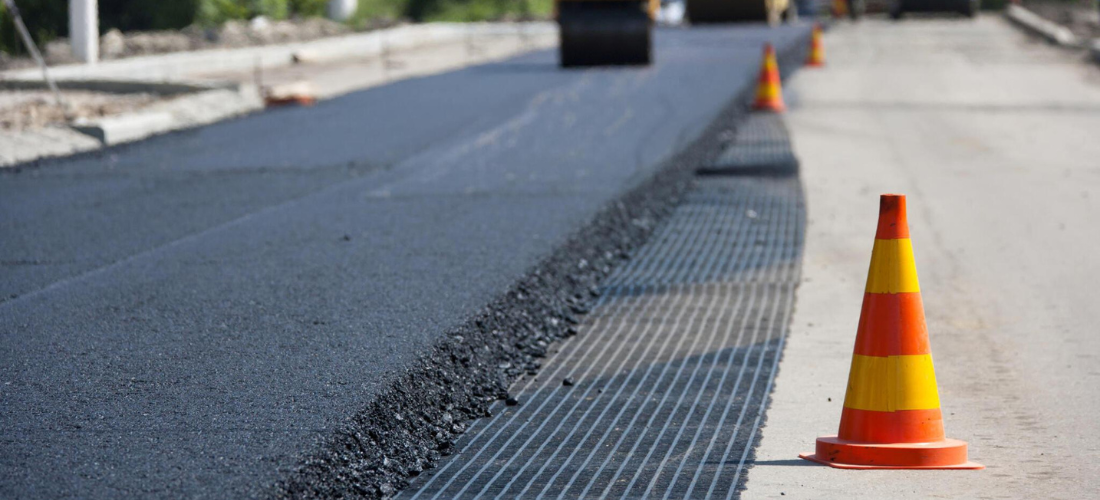Road resurfacing is a critical aspect of infrastructure maintenance, ensuring the safety and efficiency of transportation networks. With the advent of advanced road resurfacing machines, the process of rehabilitating roads has undergone a remarkable transformation. These innovative technologies not only streamline the rehabilitation process but also contribute to enhancing the durability and sustainability of road surfaces, ultimately leading to safer and smoother travel experiences for motorists.
1. Understanding Road Resurfacing Machines:
Road resurfacing machines encompass a diverse range of equipment designed to rehabilitate existing road surfaces by removing worn-out pavement layers and replacing them with fresh asphalt or other suitable materials. These machines come in various types and sizes, each tailored to specific rehabilitation needs and project requirements.
2. Types of Road Resurfacing Machines:
– Asphalt Pavers: Asphalt pavers are versatile machines used to lay asphalt evenly on road surfaces. They ensure precise thickness and smoothness, contributing to the quality and durability of newly resurfaced roads.
– Milling Machines: Milling machines are utilized to remove old pavement layers by grinding them into smaller particles. This process prepares the surface for new pavement installation, improving adhesion and longevity.
– Recyclers: Asphalt recyclers are eco-friendly machines that reclaim and reuse existing asphalt pavement materials. By heating and rejuvenating reclaimed asphalt, recyclers reduce the need for new materials, minimizing waste and environmental impact.
– Pothole Patching Machines: Pothole patching machines offer efficient solutions for repairing localized pavement defects. These machines quickly fill potholes with durable materials, ensuring road safety and minimizing disruptions to traffic flow.
3. Innovations in Road Rehabilitation Technology:
– Advanced Control Systems: Modern road resurfacing machines are equipped with sophisticated control systems that optimize performance and accuracy. Automated controls ensure consistent material placement and smooth operation, reducing human error and enhancing productivity.
– Telematics and Remote Monitoring: Telematics technology allows operators to remotely monitor and track the performance of road resurfacing machines in real-time. This capability enables proactive maintenance, troubleshooting, and optimization of machine efficiency, ultimately improving project outcomes and reducing downtime.
– Environmentally Friendly Solutions: Many road resurfacing machines incorporate environmentally friendly features, such as emissions control systems and alternative fuel options. These sustainable technologies minimize air pollution and carbon emissions, aligning with global efforts to combat climate change.
4. Benefits of Road Resurfacing Machines:
– Improved Efficiency: Road resurfacing machines enable faster project completion times and reduced labor costs compared to traditional rehabilitation methods. Their high-performance capabilities streamline the rehabilitation process, minimizing disruptions to traffic flow and enhancing overall efficiency.
– Enhanced Durability:Advanced technologies employed in road resurfacing machines ensure the quality and durability of resurfaced road surfaces. Consistent material placement and precise compaction result in smoother, more resilient pavements that withstand heavy traffic loads and adverse weather conditions.
– Sustainable Practices: Road resurfacing machines promote sustainability by reducing material waste, energy consumption, and environmental impact. Recycling technologies and eco-friendly features contribute to resource conservation and the preservation of natural ecosystems.
5. Microsurfacing Paver Machines: Microsurfacing paver machines are specialized equipment used for applying a thin layer of asphalt emulsion mixed with finely crushed aggregate onto existing road surfaces. This process helps to seal and protect the pavement, filling in minor surface irregularities and extending the life of the road. Microsurfacing offers an economical solution for preserving road infrastructure by providing a protective barrier against moisture, oxidation, and wear. Additionally, the quick-setting properties of microsurfacing enable rapid completion of projects with minimal disruption to traffic flow, making it an ideal choice for preventive maintenance and pavement preservation initiatives.
microsurfacing paver machine In conclusion, road resurfacing machines represent a paradigm shift in road rehabilitation technology, offering efficient, durable, and sustainable solutions for maintaining road infrastructure. As advancements continue to drive innovation in this field, the future of road resurfacing looks promising, with safer and smoother travel experiences on the horizon

